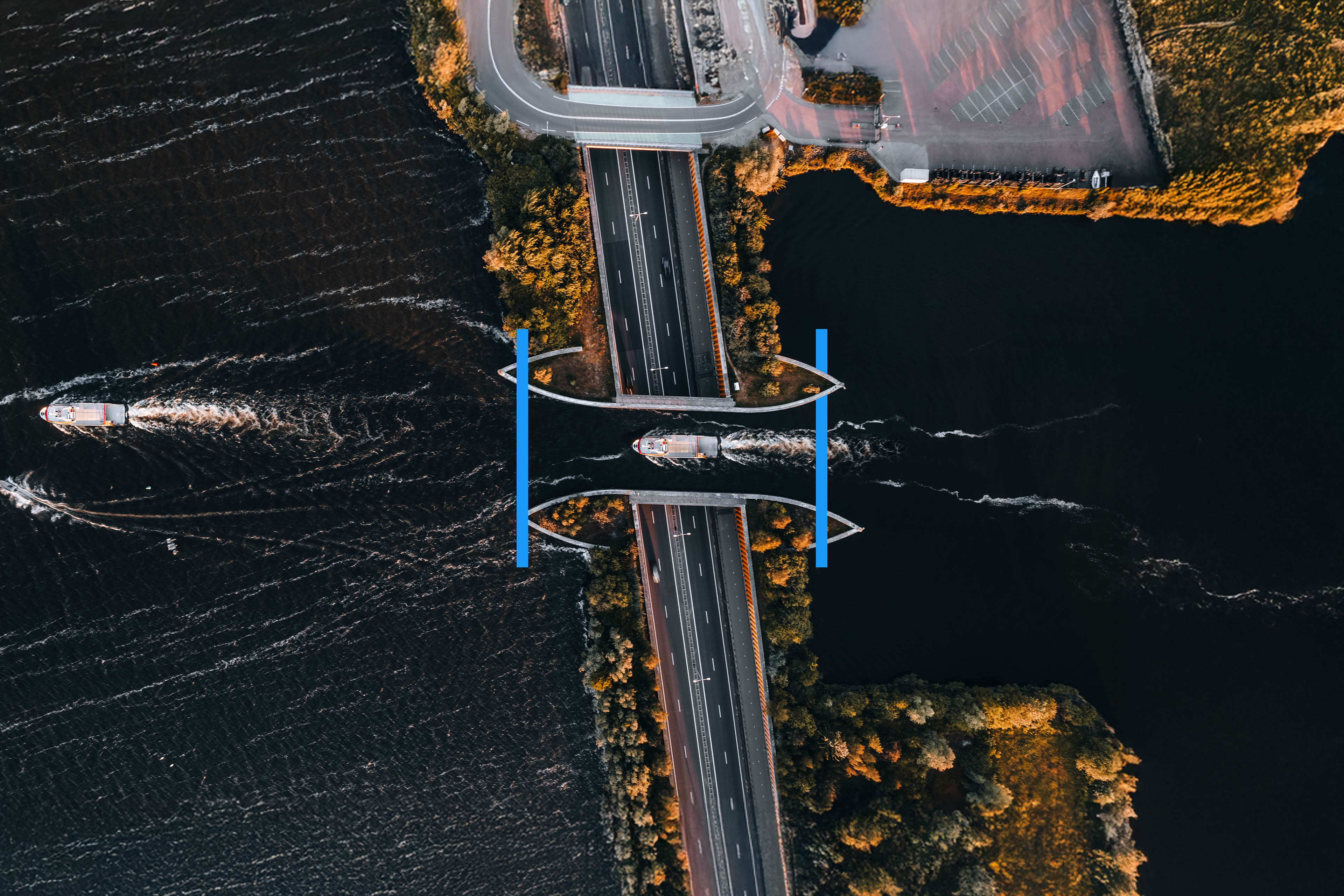EY refers to the global organization, and may refer to one or more, of the member firms of Ernst & Young Global Limited, each of which is a separate legal entity. Ernst & Young Global Limited, a UK company limited by guarantee, does not provide services to clients.
How EY can help
-
Our Cybersecurity strategy, risk, compliance and resilience teams help organizations with their current cyber risk posture and capabilities. Learn more.
Read more
2. Bridge the divide between IT and OT to clarify the operating model and cyber risk between the two domains
The patterns that work for your information technology (IT) team don’t always translate for your operational technology (OT) team. While the names are sometimes used synonymously, the two have different cultures.
When thinking of OT, especially at remote mining sites, teams are measured on uptime, not necessarily security. The concept of security is built on the IT side. The company’s Chief Information Security Officer (CISO) must not only ensure availability and reliability, but also that the systems are secure whenever they are being operated. It’s essential they ask questions, such as:
- Are my operational technologies properly protected?
- What is the current level of cyber risk?
- Do we have the appropriate level of control to be resilient in the event of a cyberattack during the extraction phase?
- What is the impact of a data leak during the exploration phase?
Bridging the culture divide will require CISOs to be able to translate the language of health and safety into cyber risk management. This bridge is important as environmental, social and governance (ESG) practices continue to gain momentum; the need to secure OT assets that provide the frontline ESG data to make informed decisions will be paramount.




